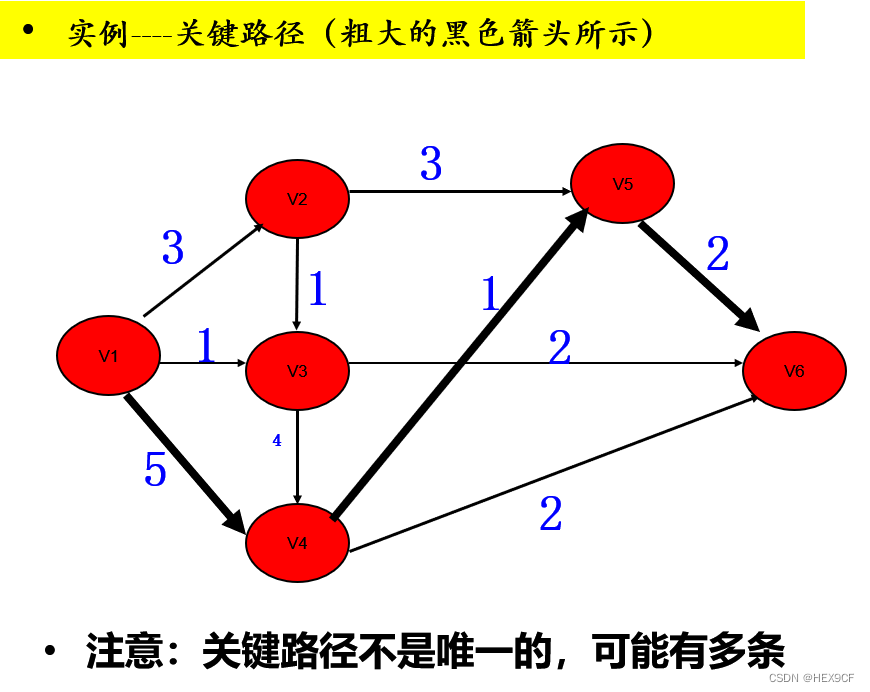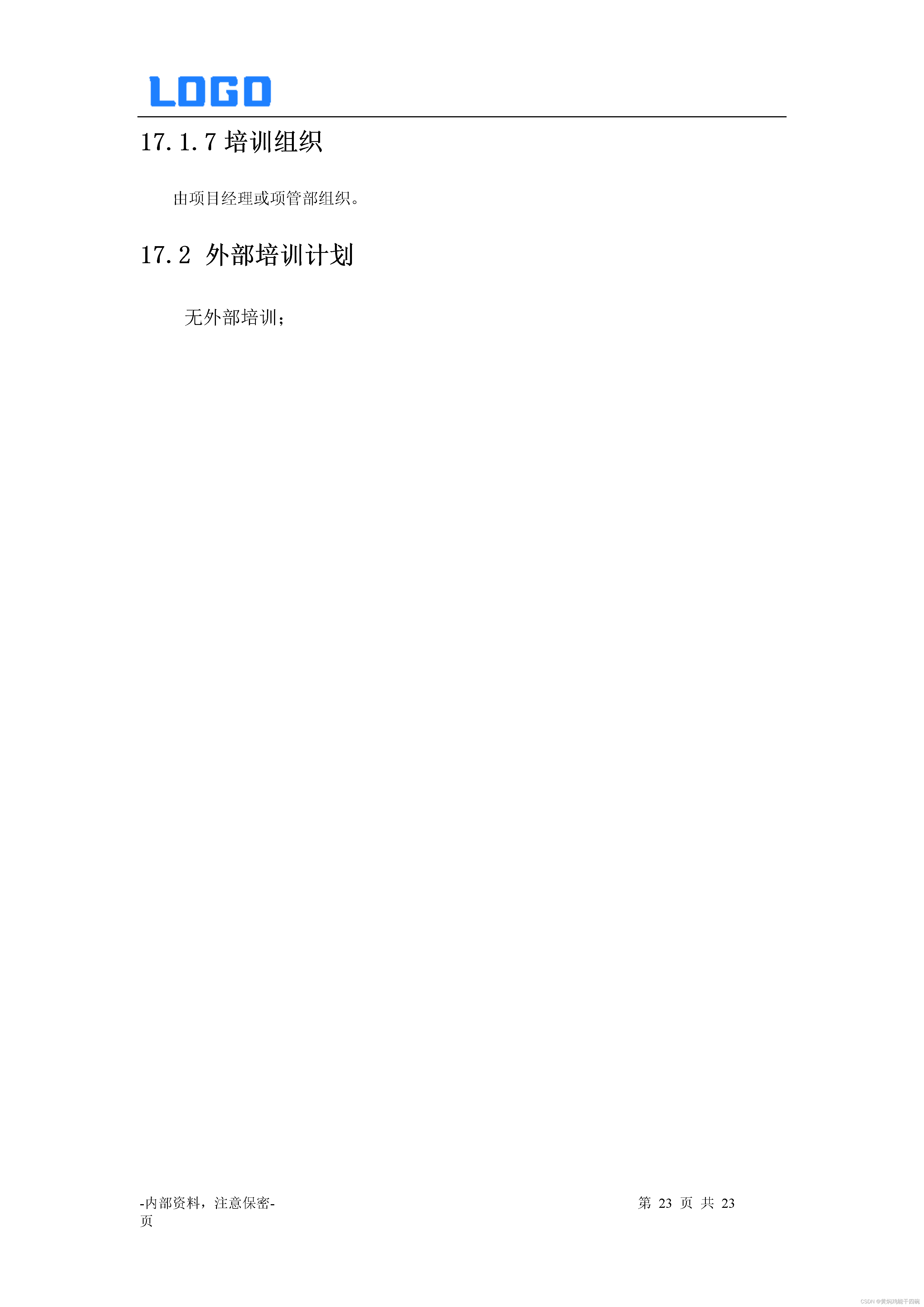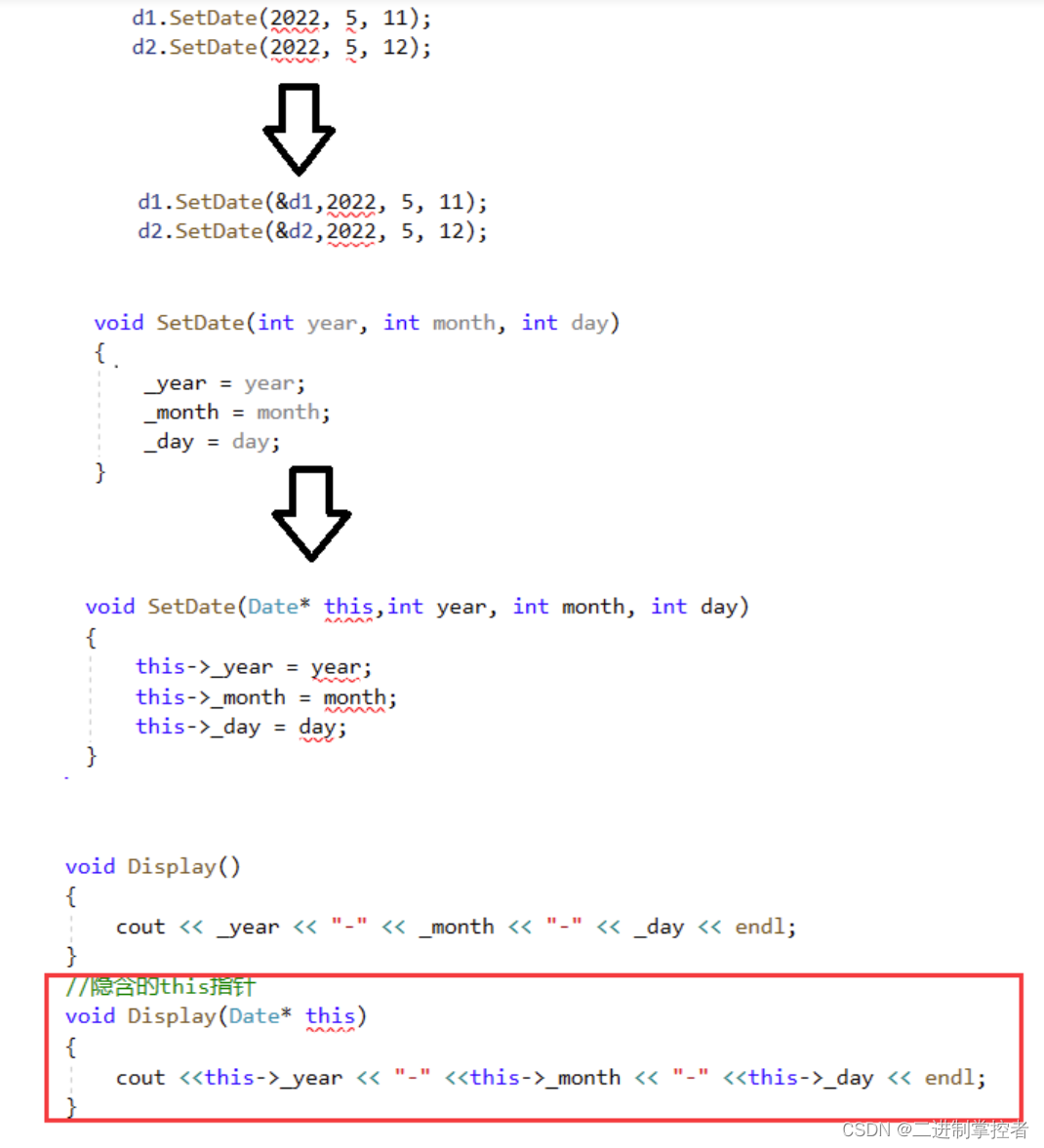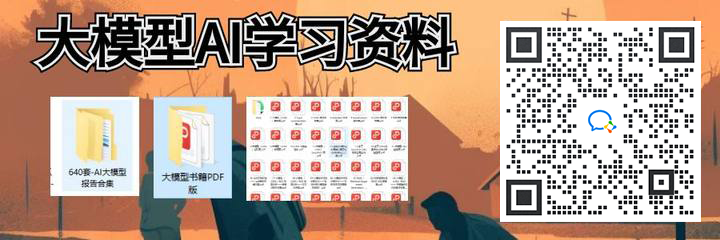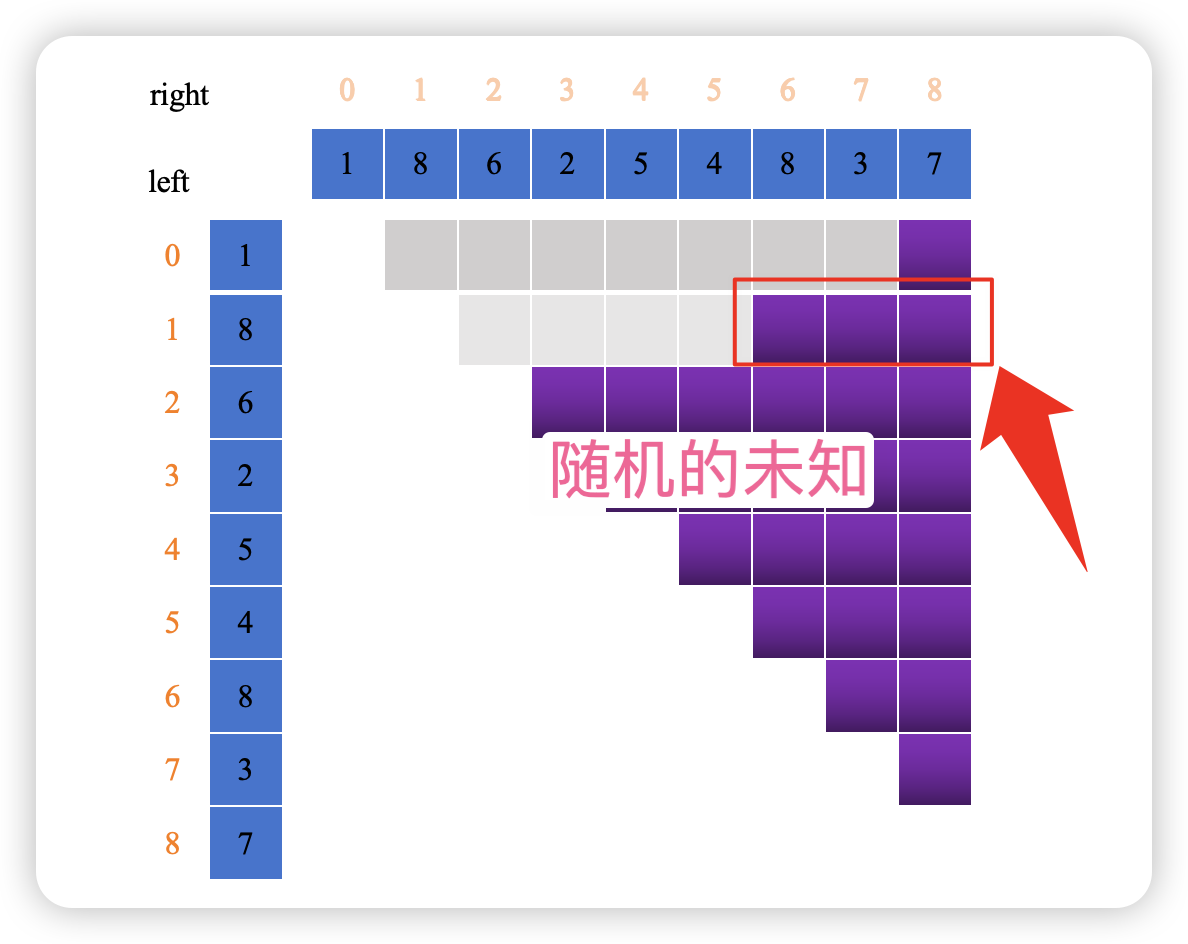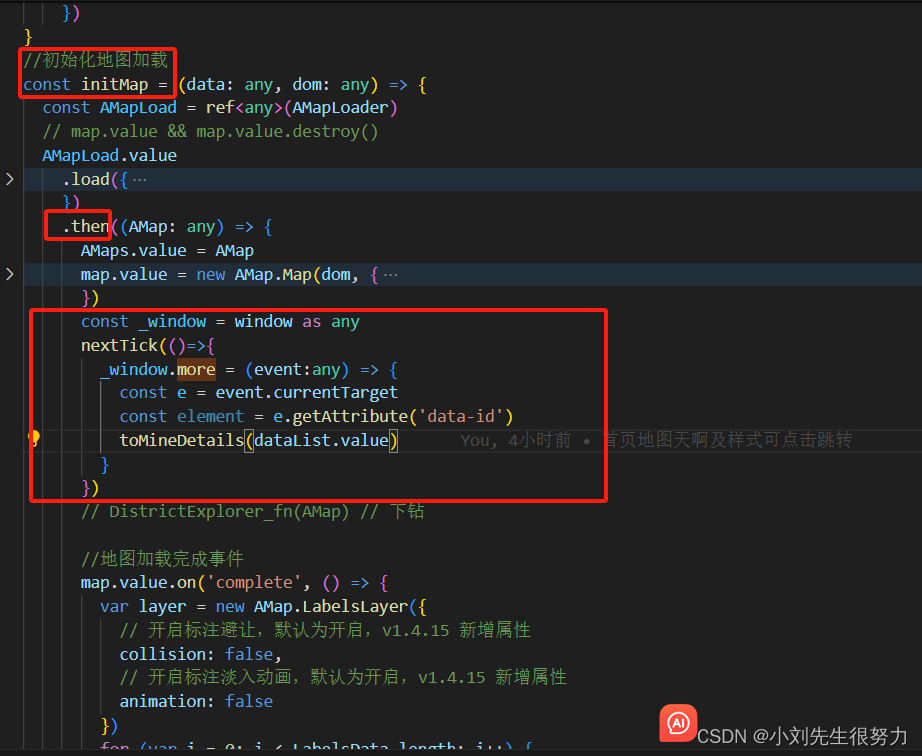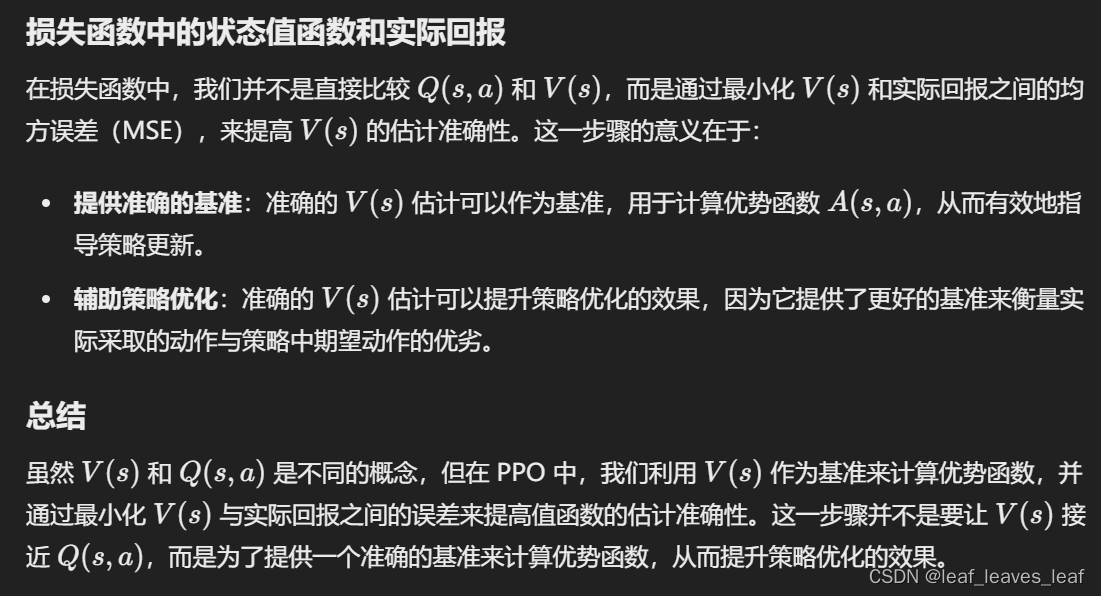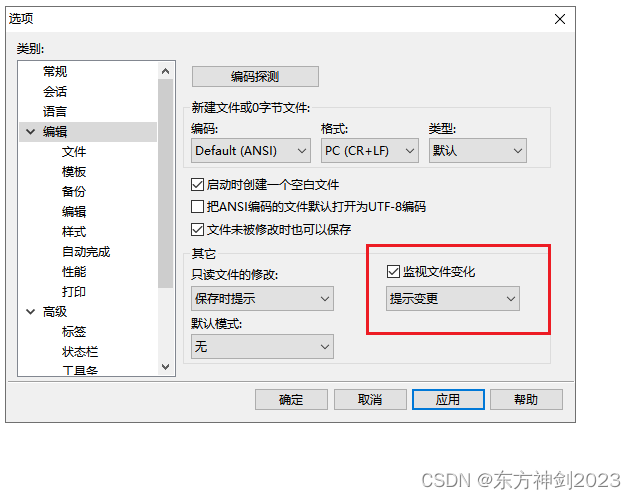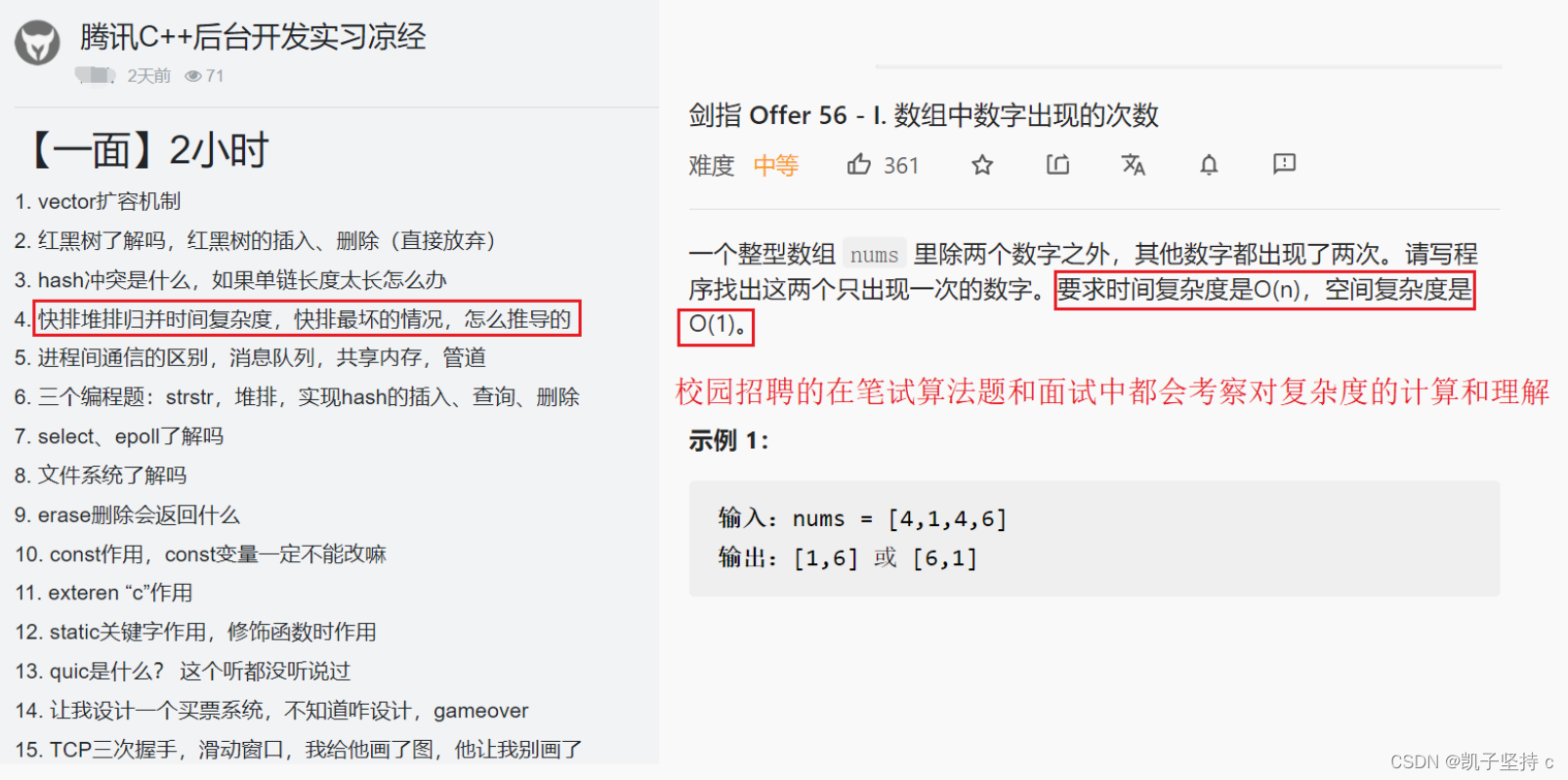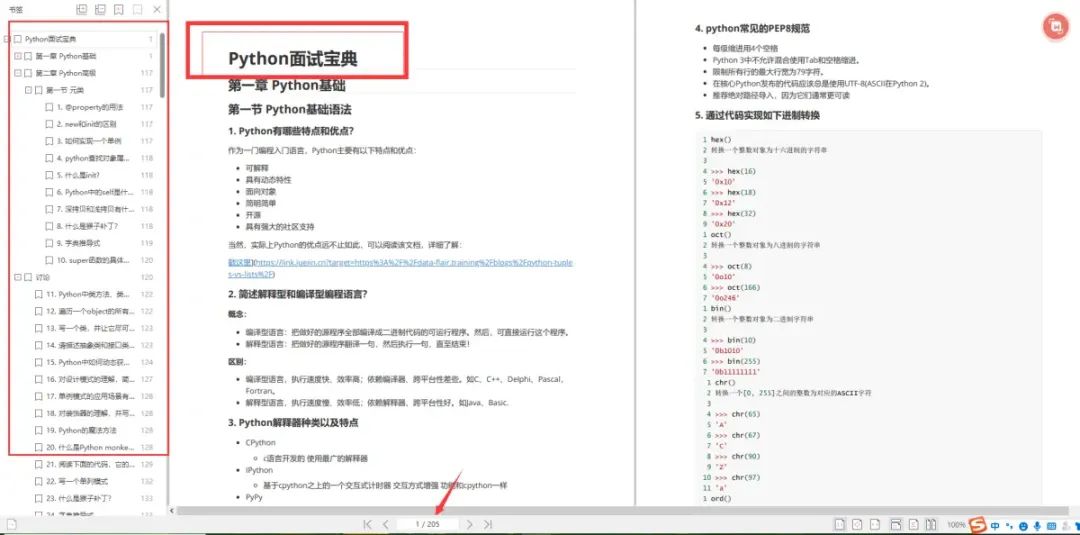
1. 润色学术论文
ChatGPT学术润色指令:
“I’m writing a paper on [topic]for a leading [discipline] academic journal. WhatItried to say in the following section is [specific point]. Please rephrase itfor clarity, coherence and conciseness, ensuring each paragraph flows into the next. Remove jargon. Use a professionaltone.”
ChatGPT学术润色指令翻译:
“我正在为一家领先的(学科)学术期刊写一篇(主题)论文。我在下一节想说的是[具体点]。为了清晰、连贯和简洁,请重新措辞,确保每一段都能与下一段衔接。删除术语。使用专业的语气。”
2.同行评审
ChatGPT同行评审指令:
“Assume you’re an expert and seasoned scholar with 20+ years of academic experience in [field]. On the basis of my summary of a paper in [field], where the main focus is on [generaltopic], provide a detailed review ofthis paper, in the following order:1) briefly discuss its core content; 2)identify its limitations; and 3) explain the significance of each limitation in order ofimportance. Maintain a concise and professionaltone throughout.”
ChatGPT同行评审指令翻译:
“假设你是一位在某一领域拥有20多年学术经验的专家和资深学者。根据我对[领域]的一篇论文的总结,其中主要关注的是[总主题],对这篇论文进行详细的回顾,按以下顺序:1)简要讨论其核心内容;2)识别其局限性;3)按重要性顺序解释每个限制的意义。始终保持简洁和专业的语气。”
3. 编辑反馈
ChatGPT优化编辑反馈指令
“On the basis ofthese notes, draft a letter to the author. Highlightthe manuscript’s key issues and clearly explain why the manuscript, despite its interesting topic, might not provide a substantial enough advancementto merit publication. Avoid jargon. Be direct. Maintain a professional and respectfultone throughout.”
ChatGPT优化编辑反馈指令翻译:
“在这些笔记的基础上,起草一封信给作者。强调手稿的关键问题,并清楚地解释为什么手稿,尽管它的主题很有趣,可能没有提供足够的实质性进展,值得发表。避免使用行话。是直接的。始终保持专业和尊重的语气。”
引用文章地址(包含PDF原文下载):
Nature 原文和PDF文档下载地址

